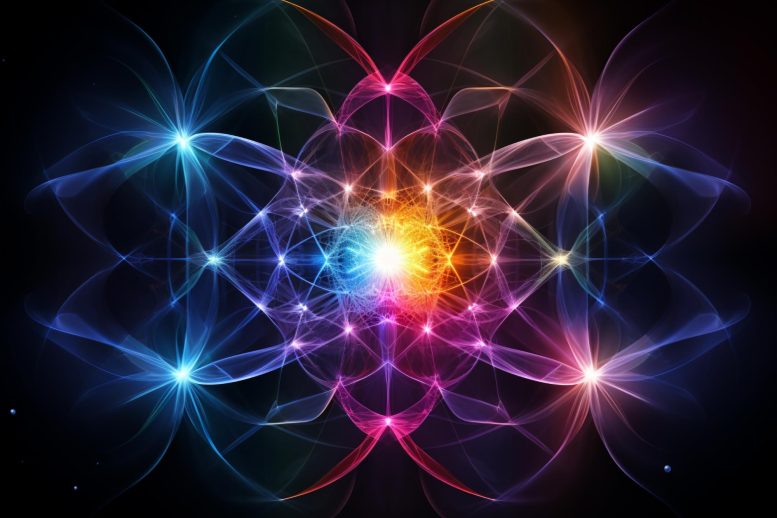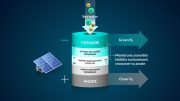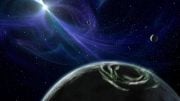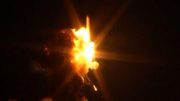
Scientists from Newcastle University, as part of an international team, have made a groundbreaking discovery by providing the first experimental evidence of vacuum decay. This achievement, pivotal for understanding the early universe and fundamental physics, was observed in a supercooled gas near absolute zero and has set the stage for further research in quantum field phenomena.
An experiment carried out in Italy, backed by theoretical support from Newcastle University, has produced the first experimental evidence of vacuum decay.
In quantum field theory, when a not-so-stable state transforms into the true stable state, it’s called “false vacuum decay.” This happens through the creation of small localized bubbles. While existing theoretical work can predict how often this bubble formation occurs, there hasn’t been much experimental evidence. Now, an international research team involving Newcastle University scientists has for the first observed these bubbles forming in carefully controlled atomic systems. Published in the journal Nature Physics, the findings offer experimental evidence of bubble formation through false vacuum decay in a quantum system.
Experimental Methodology and Findings
The findings are supported by both theoretical simulations and numerical models, confirming the quantum field origin of the decay and its thermal activation, opening the way to the emulation of out-of-equilibrium quantum field phenomena in atomic systems.
The experiment uses a supercooled gas at a temperature of less than a microkelvin (one-millionth of a degree) from absolute zero. At this temperature, bubbles are seen to emerge as the vacuum decays and the Newcastle University’s Professor Ian Moss and Dr Tom Billam were able to show conclusively that these bubbles are a result of thermally activated vacuum decay.
Impact on Theoretical Physics and Future Research
Ian Moss, Professor of Theoretical Cosmology at Newcastle University’s School of Mathematics, Statistics, and Physics, said: “Vacuum decay is thought to play a central role in the creation of space, time, and matter in the Big Bang, but until now there has been no experimental test. In particle physics, vacuum decay of the Higgs boson would alter the laws of physics, producing what has been described as the `ultimate ecological catastrophe’.”
Dr Tom Billam, Senior Lecturer in Applied Maths/Quantum, added: “Using the power of ultracold atom experiments to simulate analogs of quantum physics in other systems – in this case, the early universe itself – is a very exciting area of research at the moment.”
The research opens up new avenues in the understanding of the early universe, as well as ferromagnetic quantum phase transitions.
This groundbreaking experiment is only the first step in exploring vacuum decay. The ultimate goal to is find vacuum decay at the temperature of absolute zero where the process is driven purely by quantum vacuum fluctuations. An experiment in Cambridge, supported by Newcastle as part of a national collaboration QSimFP, aims to do just this.
Reference: “False vacuum decay via bubble formation in ferromagnetic superfluids” by A. Zenesini, A. Berti, R. Cominotti, C. Rogora, I. G. Moss, T. P. Billam, I. Carusotto, G. Lamporesi, A. Recati and G. Ferrari, 22 January 2024, Nature Physics.
DOI: 10.1038/s41567-023-02345-4









In quantum field theory, when a not-so-stable state transforms into the true stable state, it’s called “false vacuum decay.” Specifically, this is the point defect formed by topological vortices. The understanding of quantum should not only stay at the mathematical level.
Quantum is not a hypothetical cat. It has specific material forms and constantly evolves.
Eat at Joe’s!
Not sure what bubbles are created. Are they bubbles of spacetime?
Ecological catastrophe indeed! First prize for understating goes to….